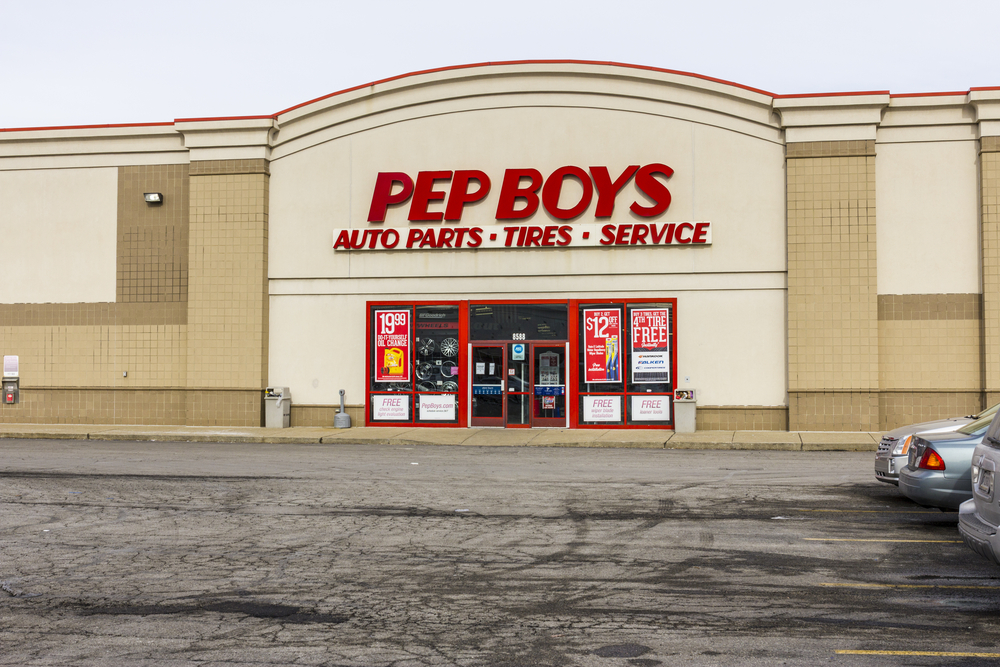Comprehensive Guide to Maintaining Optimal Tire Pressure for Vehicle Safety and Longevity
Proper tire maintenance is essential for safety, fuel efficiency, and tire longevity. Regularly check and maintain tire pressure to prevent uneven wear, improve handling, and extend tire lifespan. Follow manufacturer guidelines and schedule routine inspections to ensure optimal vehicle performance and safety on the road.

Ensuring that your vehicle's tires are properly inflated is a fundamental aspect of responsible vehicle maintenance. Proper tire pressure not only promotes safety and enhances driving comfort but also maximizes fuel efficiency and reduces environmental impact. The significance of maintaining correct tire pressure cannot be overstated, as tires are the only contact point between your vehicle and the road surface, directly affecting grip, handling, and overall safety on the road.
Many vehicle owners tend to overlook regular tire inspections, leading to issues such as underinflation or overinflation. These problems can contribute to increased fuel consumption, uneven tire wear, compromised safety, and higher maintenance costs. Regularly checking and adjusting your tires to the recommended pressure helps ensure a smoother, safer ride and extends the life span of your tires.
Maximizing Fuel Efficiency: Underinflated tires increase rolling resistance, which makes your engine work harder, consuming more fuel. Properly inflated tires reduce resistance, facilitating easier movement and saving money on fuel costs.
Enhancing Safety Features: Correct tire pressure is crucial for optimal grip, steering response, and braking performance. Overinflated tires can impair braking ability and reduce traction, raising the risk of accidents, especially in adverse weather conditions.
Prolonging Tire Life: Maintaining the right pressure prevents uneven and accelerated tire wear patterns, which can lead to premature tire replacement costs. Stable tire pressure ensures even tread wear across the entire surface, extending the lifespan of your tires.
To maintain optimal tire performance, always refer to your vehicle's owner manual for the manufacturer’s recommended tire pressure levels. It is vital to check all four tires regularly—even if they appear fine—since tires naturally lose air over time. Look out for visual signs of damage, such as cuts, cracks, or bulges, which could indicate potential failure. Routine inspections are especially important in extreme weather and after long trips.
Understanding Tire Lifespan and When to Replace
Factors Influencing Tire Duration: The lifespan of a tire varies based on several aspects including driving habits, road conditions, climate, tire quality, and maintenance routines. On average, a good quality tire can last between 5 and 10 years, but this varies widely among different models and users.
Regular Monitoring and Replacement Schedule: It's recommended to perform a comprehensive inspection of your tires every six months. After five years of use, consider replacing tires regardless of apparent wear, as aging rubber can lose its integrity, increasing the risk of blowouts or other failures.
Wheel Alignment and Rotation: Proper alignment and regular rotation—every 5,000 to 8,000 miles—help prevent uneven tread wear, improve handling, and enhance fuel efficiency. Proper alignment also reduces strain on suspension components, leading to better vehicle longevity.
Maintaining proper tire pressure and understanding tire care are essential practices for any vehicle owner. They help ensure safety, improve performance, and save money over time. With attentive tire maintenance, drivers can enjoy a smoother, safer ride while contributing to environmental conservation by reducing fuel consumption and emissions.





